Before we come to the spice mix or garam masala we need to understand India. The country is vast and strikingly diverse. All the elements and features that make a Nation are steeped deep in diversity. It is said that the country changes every fifty kilometers, and so does the food. The food enriched by masalas or spices delivers amazing flavors though not necessarily hot. Garam Masala is definitely hot but used subtly it can end up delivering an array of flavors that could be mind-boggling and linger amidst the taste buds for a long time. Last but not the least, it is extremely healthy, and whence used with a daily dose of common spices …long life is assured.
Yes, spices are key to good health turmeric is one fine example that has been accepted the World over. People consume lattes with turmeric added to it. Turmeric prevents swelling, and joint pains, and wards off cancer.
The spices are a storehouse of medicinal gems and those who consider plain food over spiced ones are suffering from a grave misconception. Consume spice and be healthy.


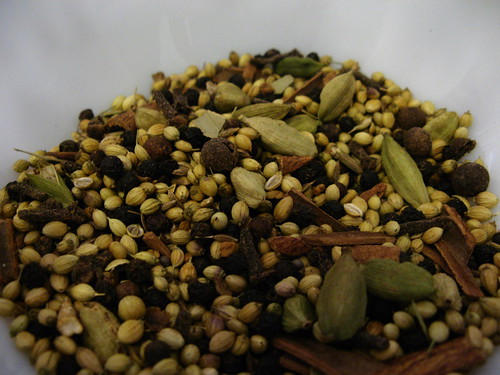
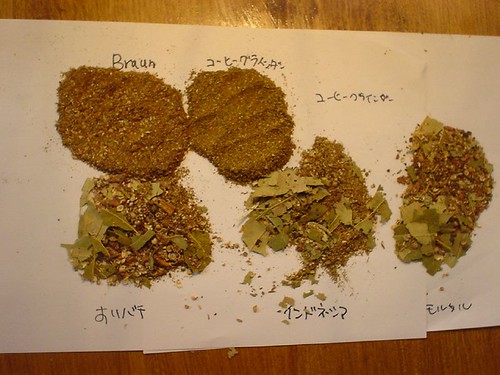
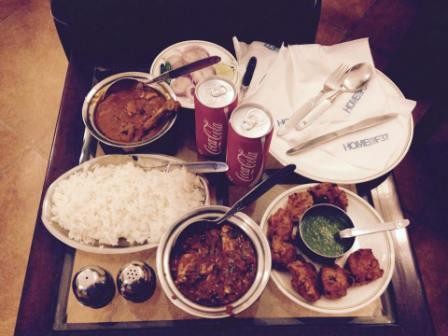














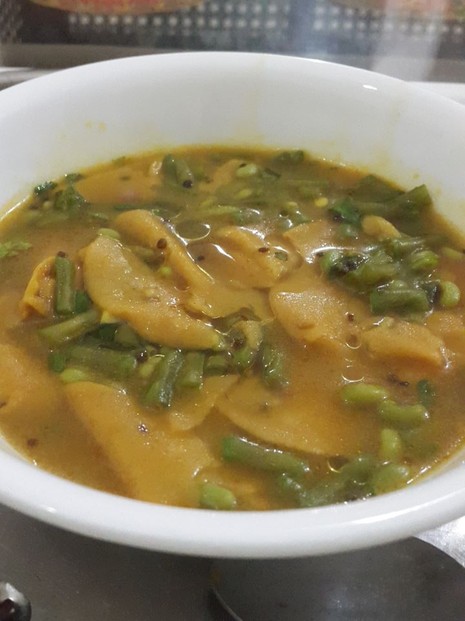
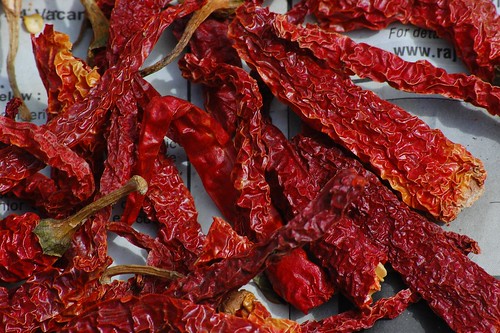

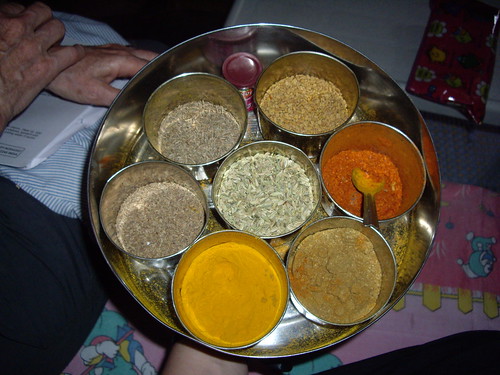

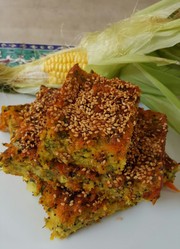

 Full Day Safari in Bandhavgarhon 08/29/2023
Full Day Safari in Bandhavgarhon 08/29/2023
 SEO Campaign: Website Overhaulon 02/13/2023
SEO Campaign: Website Overhaulon 02/13/2023
 Indian Food It Is Not All Curryon 02/08/2023
Indian Food It Is Not All Curryon 02/08/2023
 How Tiger Tourism is Organized in India?on 02/07/2023
How Tiger Tourism is Organized in India?on 02/07/2023

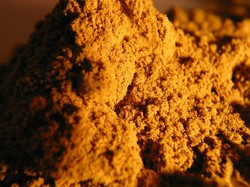
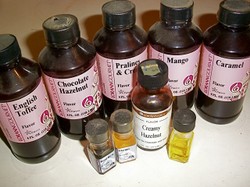
Comments
Premix masalas have good self-life but there is a limit you should consume them within the expiry date.
This is the wizzley that I reference in my questions to your recenter wizzleys, Classic Roast Grind Mix & Cook Indian Spices and Spicy Masalas That Heal.
Your comment below, from Feb. 23, 2021, in answer to my previous question, mentions that "In India conservation of all things is as a matter of practice....spices kept in air tiger containers if not used for a long can be smelled out. The fresh lovely aroma changes to become stale and emits unpleasant odor and has to be discarded into the dust bin. In cold weather things stay longer while they degenerate quickly in the intense heat of Indian Summers."
Would that same guideline apply for the wonderfully convenient premixes mentioned in your two wizzleys that I reference above, in the first two lines of my question?
Or would there be some ingredient arrangement, some packaging style, some preservative that would overcome summer heat and make them last longer than wonderfully fresh homemade mixes?
Rice selection is entirely a family matter even with daily curry. Region-wise rice variety changes in India. It is mostly on special occasions, in restaurants, and in rich households, that the costlier varieties of are rice is used. One of the most flavored rice is Basmati from Dehradun it is usually used for making vegetable or meat pulao and biryani.
Curry is a common term, and the dish contains water and spices. There are thousands of varieties of curry but nearly all are consumed with rice or roti. In Northern India roti or Indian bread is more popular.
Revisiting your wizzley brought to mind a question that I'd meant to ask previously.
Under the heading Use of Spices in India, you describe curry as among dishes getting spice mixes.
Icelandic author Ragnar Jónasson includes among the food in his novel Snowblind chicken curry and rice from an Indian restaurant in Copenhagen, Denmark. Is there a certain kind of rice that is served with chicken curry, or will it not matter whether it's bamboo, basmati, brown, indrayani, sona masuri or some other type?
Garam Masala is a dry powder no liquid is added, and thus it can be stored for a long time. As far as drinks with curries or Indian meal is concerned Lassi a curd-based drink is the accompaniment but not often.
In revisiting this article, I remembered a question that I meant to ask you previously. You say that "The mixes are prepared separately for various dishes like curries, dry vegetables, dal or lentil soup, chicken and meat preparations." Would there be any drinks associated with garam masala mixed into the above-mentioned dishes? And if so, would they be the same or would, for instance, it be different for garam masala curry versus garam masala dry vegetables or garam masal dal?
In India conservation of all things is as a matter of practice....spices kept in air tiger containers if not used for a long can be smelled out. The fresh lovely aroma changes to become stale and emits unpleasant odor and has to be discarded into the dust bin. In cold weather things stay longer while they degenerate quickly in the intense heat of Indian Summers.
pateluday, Thank you for the pictures, practicalities and products.
What does the household tend to do if use goes so less fully or slower that your statement "The powder so obtained can be used for a considerable period if kept in air tight container in the kitchen cabinet" doesn't hold because the mix is at or right close to freshness limits?
Perhaps that wouldn't happen since I tend to think of India as respectful of recycling (like all what can be remade into paper) and resources. Not here, but in some parts of the United States, it would be tossed.
India is land of spices. Thanks!
Yes spices are goodies health and taste wise. Will write on health benefits soon. Thanks!